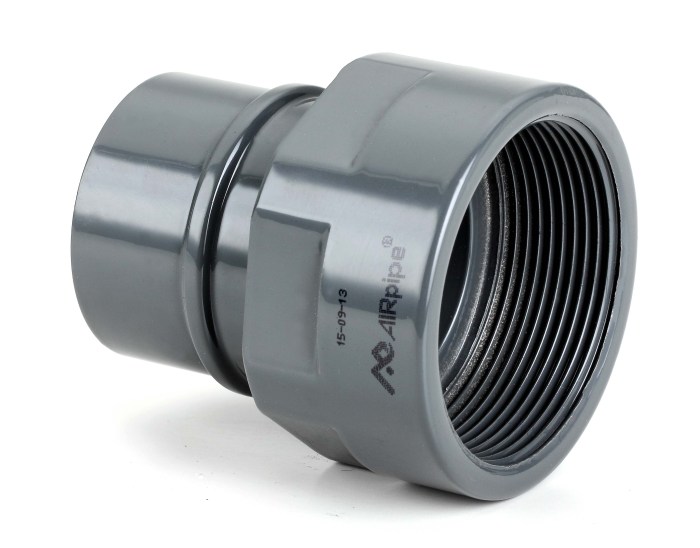Redken Shades EQ Gloss Mixing Ratio: Understanding the Basics and Achieving Desired Results
Redken Shades EQ Gloss, a revolutionary hair colorant, empowers you to transform your hair with a spectrum of vibrant shades and a luminous gloss. This guide delves into the intricacies of mixing Redken Shades EQ Gloss, providing a step-by-step approach to achieve your desired hair goals.
Redken Shades EQ Gloss Mixing Ratio

Redken Shades EQ Gloss is a demi-permanent hair color that adds shine and vibrancy to hair. It is a low-commitment color that fades gradually over time, making it a great option for those who want to try a new color without making a long-term commitment.
Redken Shades EQ Gloss is available in a wide range of shades, so you can find the perfect color to match your hair. It is also ammonia-free, so it is gentle on hair and does not cause damage.
Mixing Redken Shades EQ Gloss
To mix Redken Shades EQ Gloss, you will need the following:
- Redken Shades EQ Gloss
- Redken Shades EQ Processing Solution
- Mixing bowl
- Applicator brush
The mixing ratio for Redken Shades EQ Gloss is 1:1. This means that you will need to use equal parts of Redken Shades EQ Gloss and Redken Shades EQ Processing Solution.
Once you have mixed the Redken Shades EQ Gloss, apply it to your hair and leave it on for the recommended amount of time. The processing time will vary depending on the desired results.
Ideal Mixing Ratio for Different Desired Results
The ideal mixing ratio for Redken Shades EQ Gloss will vary depending on the desired results. Here are some guidelines:
- For a subtle color change, use a 1:1 ratio.
- For a more intense color change, use a 1:2 ratio.
- For a semi-permanent color, use a 1:3 ratio.
Factors Influencing Mixing Ratio

The mixing ratio of Redken Shades EQ Gloss is crucial to achieving the desired hair color and gloss level. Several factors influence the ideal mixing ratio, including hair porosity, hair condition, and the intended level of gloss.
Hair Porosity
Hair porosity refers to the ability of hair to absorb and retain moisture. High-porosity hair has larger cuticle gaps, allowing pigments to penetrate easily. Therefore, a higher mixing ratio of gloss to developer (e.g., 1:2) is typically used to ensure sufficient color saturation and prevent over-depositing.
Hair Condition
The condition of the hair also affects the mixing ratio. Damaged or chemically treated hair is more porous and requires a lower mixing ratio (e.g., 1:1.5) to avoid over-processing and color bleeding. Healthy, virgin hair can withstand a higher mixing ratio (e.g.,
1:2) without compromising its integrity.
Desired Level of Gloss
The desired level of gloss also influences the mixing ratio. A higher ratio of gloss to developer (e.g., 1:2) results in a more intense gloss with increased shine and vibrancy. Conversely, a lower ratio (e.g., 1:1.5) produces a more subtle gloss with less color deposit.
Mixing Techniques and Application: Redken Shades Eq Gloss Mixing Ratio
Mixing Redken Shades EQ Gloss requires precise techniques to achieve optimal results. Follow these steps for proper mixing:
- Select the desired Shades EQ Gloss shade and developer volume based on the application technique.
- In a mixing bowl, combine the gloss and developer in the specified mixing ratio (see table below).
- Stir thoroughly using a brush or spatula until a smooth, even consistency is achieved.
- Apply the mixed gloss to the hair according to the desired technique.
Mixing Ratios
The mixing ratio for Redken Shades EQ Gloss varies depending on the application technique:
| Application Technique | Mixing Ratio |
|---|---|
| Root Retouch | 1:1 |
| Toning | 1:2 |
| Gloss | 1:3 |
Achieving Even Distribution
To ensure even distribution of the gloss, apply it in thin, even sections. Use a brush or comb to distribute the product evenly from roots to ends. Avoid over-applying the gloss, as this can lead to uneven results.
Avoiding Common Mixing Errors
Common mixing errors to avoid include:
- Using the wrong mixing ratio
- Not stirring the gloss thoroughly
- Applying the gloss too thickly
By following these mixing techniques and application tips, you can achieve professional-quality results with Redken Shades EQ Gloss.
Troubleshooting Common Mixing Issues

Mixing Redken Shades EQ Gloss requires precision to achieve the desired results. Several common issues can arise during the mixing process, potentially affecting the color outcome or application. Understanding the causes and solutions to these issues is crucial for successful mixing and application.
Improper Ratio Measurements, Redken shades eq gloss mixing ratio
Incorrect measurements of the gloss and developer can result in an unbalanced mixture. This can lead to uneven color distribution, color fading, or brassiness. Ensure accurate measurements using a precise scale or measuring cups.
Insufficient Mixing Time
Incomplete mixing can result in streaks or uneven color application. Thoroughly mix the gloss and developer for at least 2 minutes, or until a smooth, homogeneous consistency is achieved. Use a spatula or mixing brush to ensure proper blending.
Temperature Variations
Extreme temperatures can affect the mixing process. Avoid mixing the gloss and developer in very hot or cold environments. Ideal mixing temperature ranges between 68-77°F (20-25°C). Temperature fluctuations can alter the consistency of the mixture, affecting the application and color results.
Contaminated Mixing Tools
Using contaminated mixing tools can introduce impurities into the mixture. Always clean and disinfect mixing bowls, brushes, and spatulas before use. Residual product or dirt can interfere with the mixing process and affect the color outcome.
Mixing Errors
Mistakes in the mixing process, such as adding the wrong developer or using an incorrect ratio, can have significant consequences. Always refer to the manufacturer’s instructions and double-check the measurements and ratios before mixing. Incorrect mixing can lead to unexpected color results, damage to hair, or allergic reactions.
Prevention Strategies
To prevent common mixing issues, consider the following strategies:
- Use precise measuring tools for accurate ratio measurements.
- Thoroughly mix the gloss and developer for the recommended time.
- Maintain an ideal mixing temperature range.
- Clean and disinfect mixing tools before use.
- Double-check the mixing instructions and ratios before proceeding.
By addressing common mixing issues and implementing preventive measures, stylists can ensure optimal mixing results and achieve the desired color outcomes with Redken Shades EQ Gloss.
Additional Tips and Considerations

To optimize the performance of Redken Shades EQ Gloss, adhere to the following guidelines:
Storage and Handling
Proper storage and handling ensure the longevity and efficacy of the gloss. Store the product in a cool, dry place, away from direct sunlight. Avoid extreme temperatures, as they can compromise the formula’s integrity. Once opened, use the gloss promptly to prevent oxidation and contamination.
Tools and Equipment
Using appropriate tools and equipment facilitates the mixing process. Invest in a high-quality tint bowl and tint brush designed for color mixing. A calibrated scale ensures accurate measurement of the gloss and developer, while a timer helps monitor processing time.
Manufacturer’s Instructions
Following the manufacturer’s instructions is crucial for optimal results. Refer to the product’s technical data sheet for specific mixing ratios, processing times, and application techniques. Deviating from the recommended guidelines may compromise the gloss’s performance and longevity.
FAQs
What is the ideal mixing ratio for Redken Shades EQ Gloss?
The ideal mixing ratio is 1:1, meaning equal parts of Redken Shades EQ Gloss and Shades EQ Processing Solution.
How do I adjust the mixing ratio for different desired results?
To achieve a more intense color, use a higher ratio of Shades EQ Gloss to Processing Solution. For a softer, more subtle result, use a lower ratio.
How can I avoid common mixing errors?
Ensure you use the correct measuring tools, mix thoroughly, and apply the mixture evenly to avoid uneven color distribution.